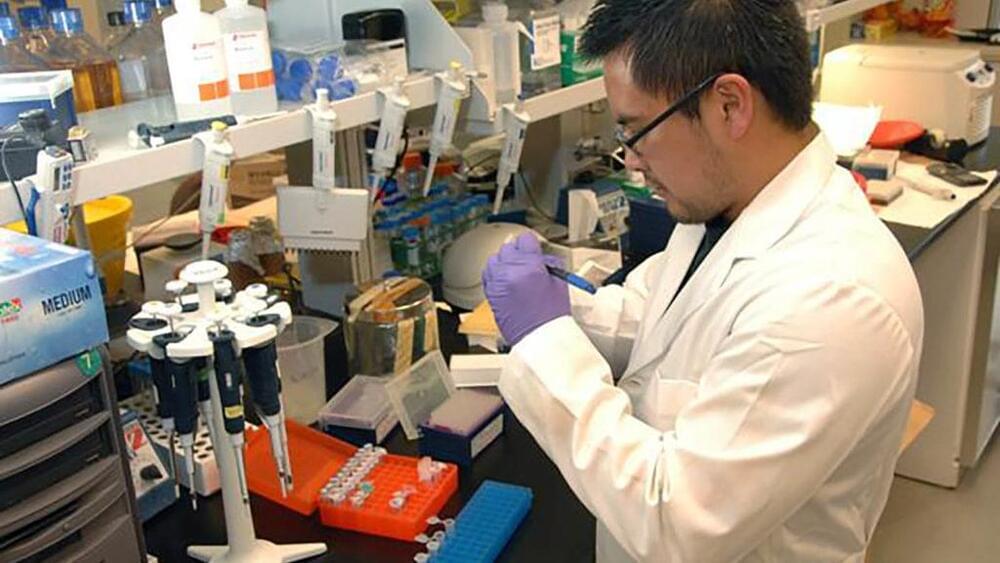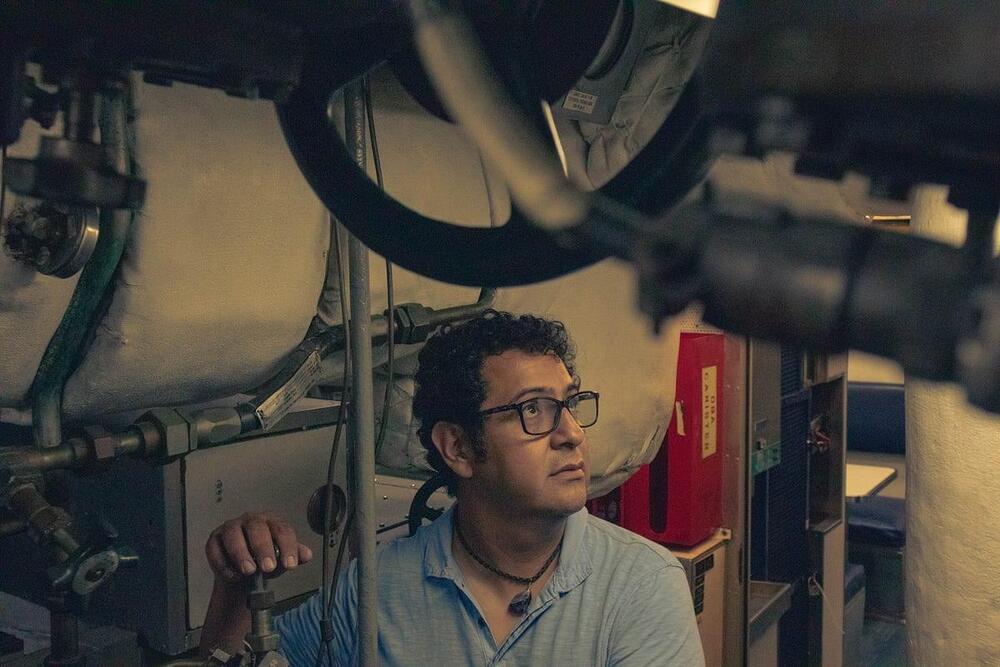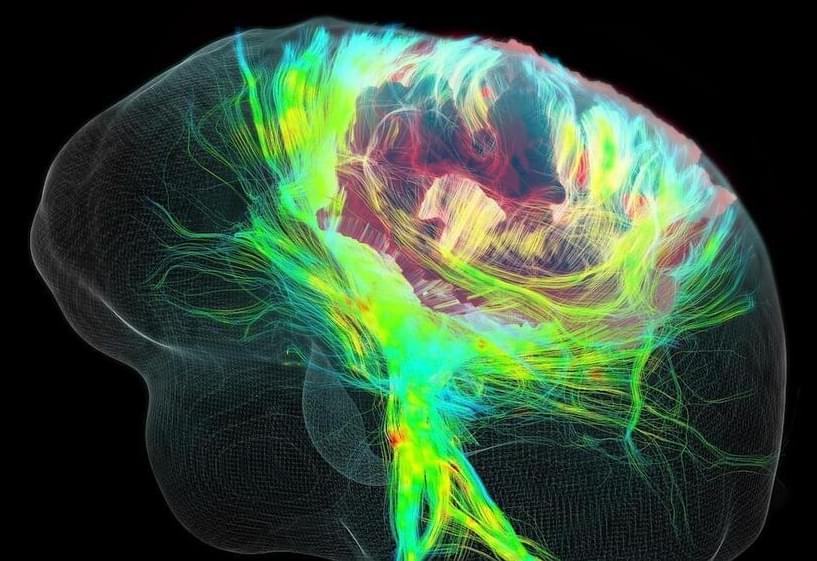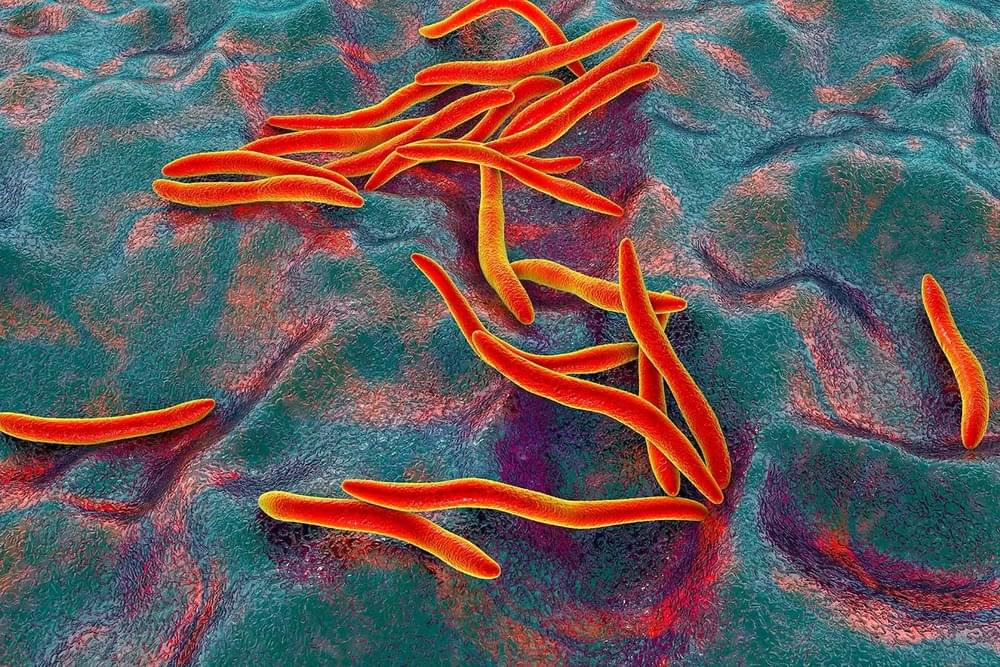Oxford Research has reveals how high blood glucose reprograms the metabolism of pancreatic beta-cells in diabetes, acting as a major causal factor of Type 2 diabetes. This is significant because glucose metabolites (chemicals produced when glucose is broken down by cells), rather than glucose itself, have been discovered to be key to the progression of Type 2 diabetes.
With diabetes, the pancreatic beta-cells do not release enough of the hormone insulin, which lowers blood glucose levels. This is because a glucose metabolite damages pancreatic beta-cell function. High blood glucose levels cause an increased rate of glucose metabolism in the beta-cell which leads to a metabolic bottleneck and the pooling of upstream metabolites.
Around 90 percent of global cases of diabetes are Type 2 diabetes (T2D). T2D normally presents in later adult life, and by the time of diagnosis, as much as 50 percent of beta cell function has been lost. In T2D, the beta-cells have a reduced insulin content and the coupling between glucose and insulin release is impaired.







